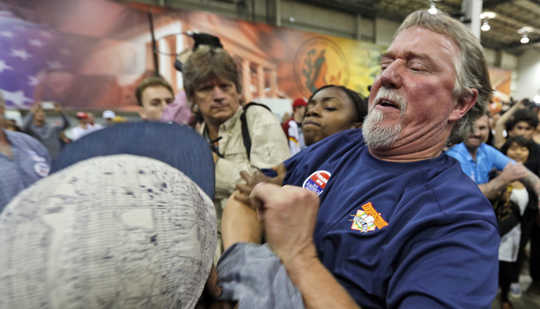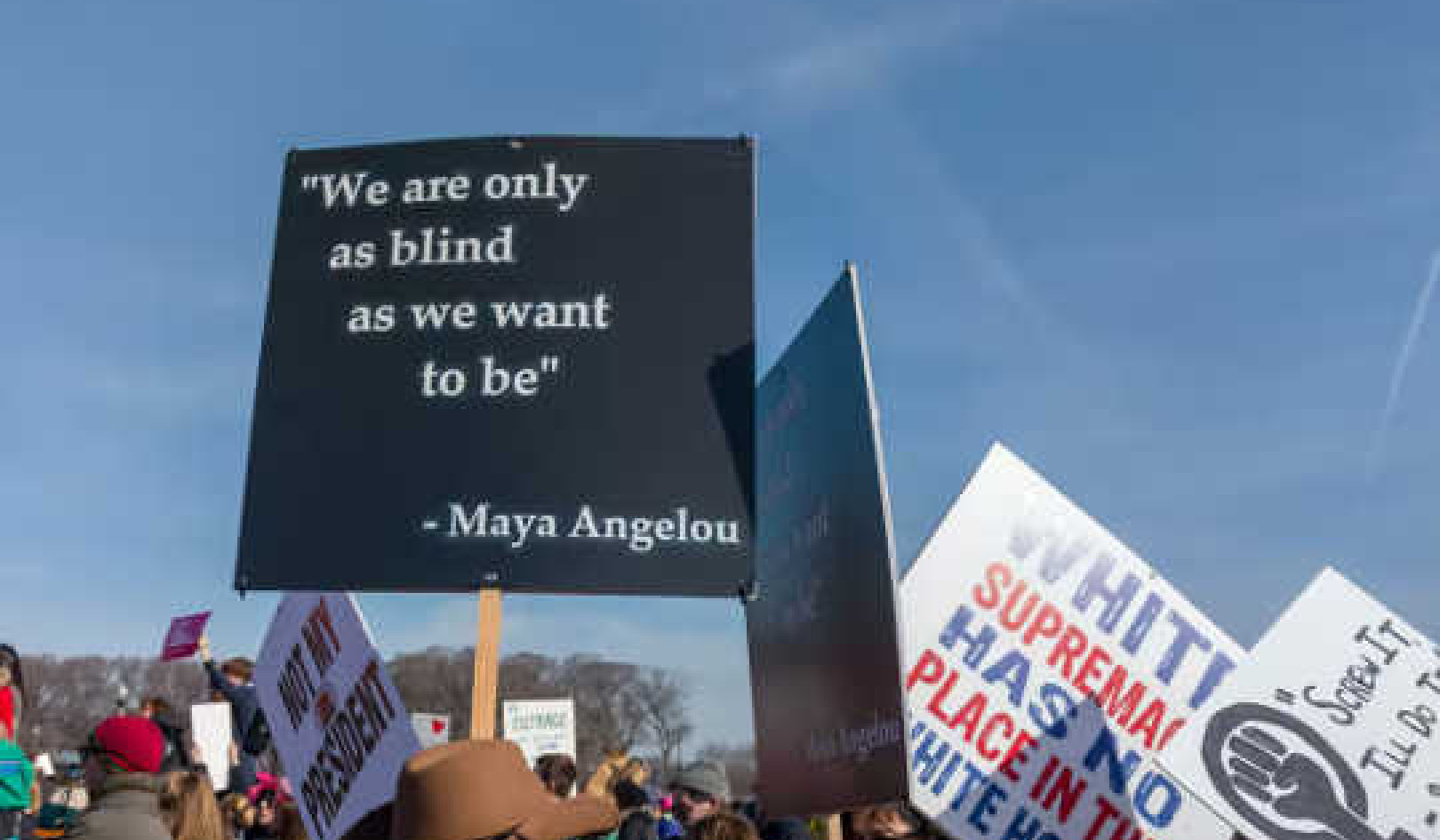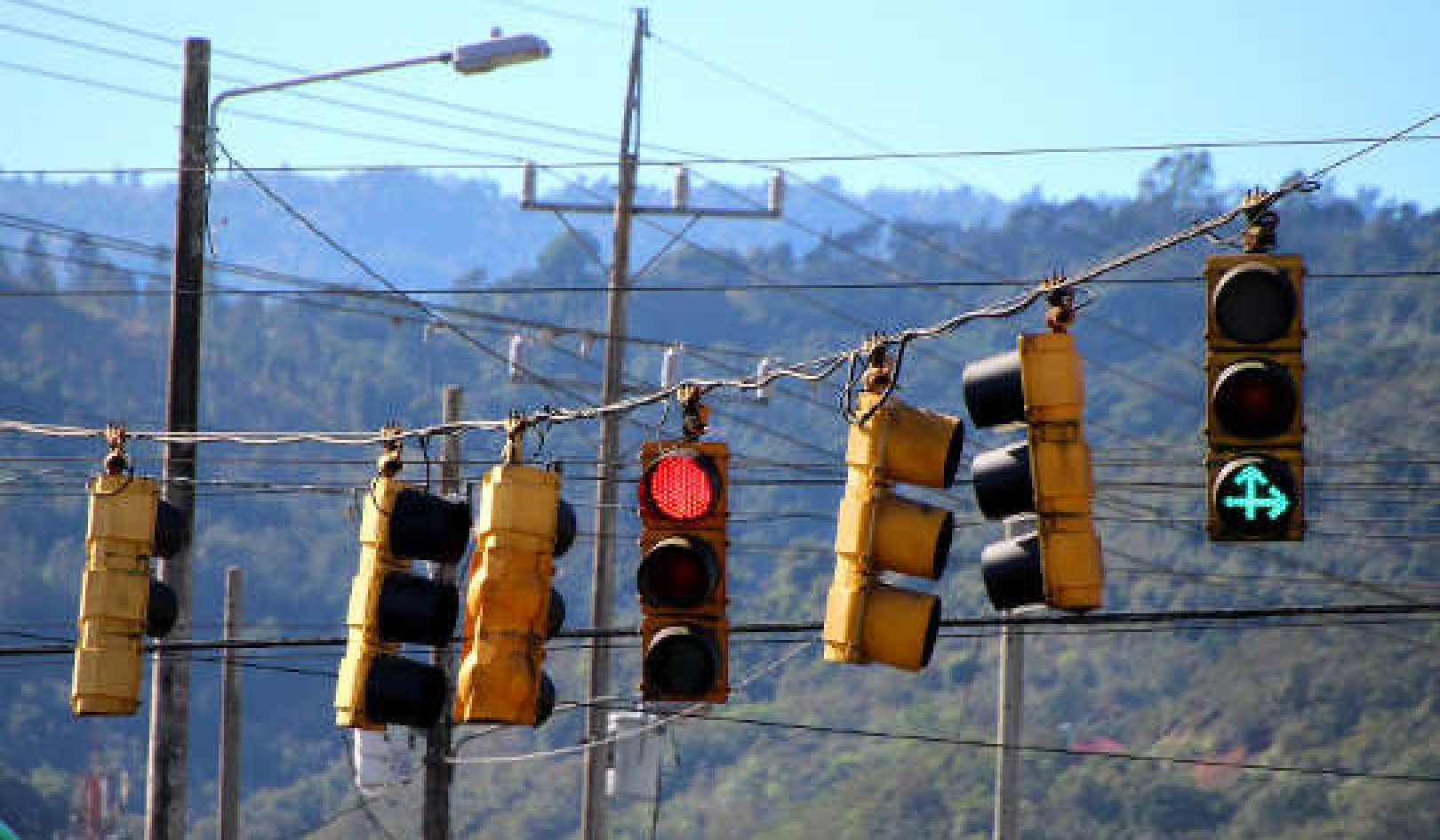According to new data, supporters of Donald Trump prefer to get their news from television and enjoy watching crime dramas.
These findings might sound insignificant. But they actually offer insight into Trump’s rise. As a presidential candidate, he’s claimed that illegal immigrants are flooding the country with “no regard for the impact on public safety,” while warning that if things don’t change, “we’re not going to have a country anymore – there will be nothing left.”
This rhetoric supplements our current media environment, which, as studies have shown, cultivates a false perception of the world as a mean, violent place. And it’s laid the groundwork for many of Trump’s most successful appeals to fear.
Mean world syndrome
In the 1970s, communication professor George Gerbner began studying the effects of violence on television. One of his most striking discoveries was that watching significant amounts of violent television changed viewers' outlook on the world. Specifically, those who watched a lot of violent shows on TV began to see the world as a dangerous place; they were more likely to overestimate the real-world occurrence of crime and violence.
Gerbner dubbed this outcome “mean world syndrome,” because people who consumed a lot of violent television came to think of the world as a mean and scary place. In a 1997 profile of Gerbner, The Atlantic journalist Scott Stossel summarized Gerber’s conclusions: that, in the end, “we become fearful and anxious – and more willing to depend on authorities, strong measures, gated communities, and other proto-police-state accouterments.”
To be clear, watching violence on television doesn’t cause violence, much like watching sexual activity doesn’t cause people to have sex. What it does do is make us more afraid and more willing to look for authoritarian figures to make us feel secure.
The TV viewing habits of a Trump supporter
Earlier this year, Tivo provided data for the top five shows that supporters of Donald Trump and Hillary Clinton watched more than the average American.
Of the shows watched by Trump supporters, all five focused on crime as a central plot point – “The Mysteries of Laura,” “NCIS,” “NCIS: New Orleans,” “Limitless” and “Rosewood.” In contrast, only one of the shows watched by Clinton supporters was focused on crime (“The Mysteries of Laura”). The others were “Crazy Ex-Girlfriend,” “The Good Wife,” “Madame Secretary” and “Telenovela.”
Demographic data on TV viewership also show that Trump supporters prefer to get their news from TV and watch more TV news on average than the general public. Roughly 60 percent of Trump supporters prefer to receive their news from television instead of reading it online or in print. By comparison, 55 percent of Democrats and 73 percent of Bernie Sanders supporters expressed a preference for reading about political candidates either online or in the newspaper.
Studies have shown how television news relies on fear-based appeals to both capture and maintain viewers’ attention. Research has also found that watching television news not only leads to a greater fear of crime, but also increases audience members' support for for capital punishment and handgun ownership.
A nation slipping into chaos?
Based on Donald Trump’s rhetoric, it should come as no surprise that people who find themselves drawn to the Republican candidate also like crime dramas.
Trump’s strong stance on crime and gun rights resonates highly with this audience. He’s argued that Hillary Clinton would take away Americans' right to own guns and has gone so far as to contend that “The Second Amendment is on the ballot in November.” Trump also supports the movement for a national right to carry a concealed weapon – a position that’s likely to resonate with people who envision a world in which they need a handgun to be safe.
In addition, Trump has masterfully appealed to those susceptible to “mean world syndrome.” During his address at the RNC, he relied heavily on the rhetoric of fear, contending that the world is slipping into chaos. He depicted a nation in crisis, stating, “The attacks on our police, and the terrorism in our cities, threaten our very way of life.”
Even though he argues that the United States is overrun with violent crime and disorder, there’s ample evidence to the contrary. Reports from the FBI indicate violent crime has actually been on a steady decline over the last two decades.
But this type of rhetoric is nothing new for Trump, who began his campaign by declaring that Mexico was sending rapists and murderers pouring over America’s borders. Based on factual data, these claims are also false. However, as it’s been noted, Trump relies on rhetorical appeals to fear and populism. Newt Gingrich defended Trump’s claims about violent crime in America by stating, “the average American, I will bet you this morning, does not think crime is down, does not think they are safer.”
Crime shows on television and news broadcasts have helped cultivate the very feelings that Gingrich referred to. And unless they’re alleviated, those feelings could carry Trump all the way to the White House.
About The Author
Aaron Duncan, Assistant Professor of Communication Studies, University of Nebraska-Lincoln
This article was originally published on The Conversation. Read the original article.
Related Books
at InnerSelf Market and Amazon
























